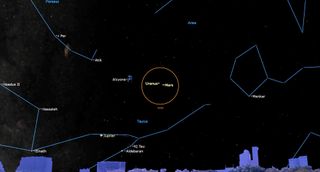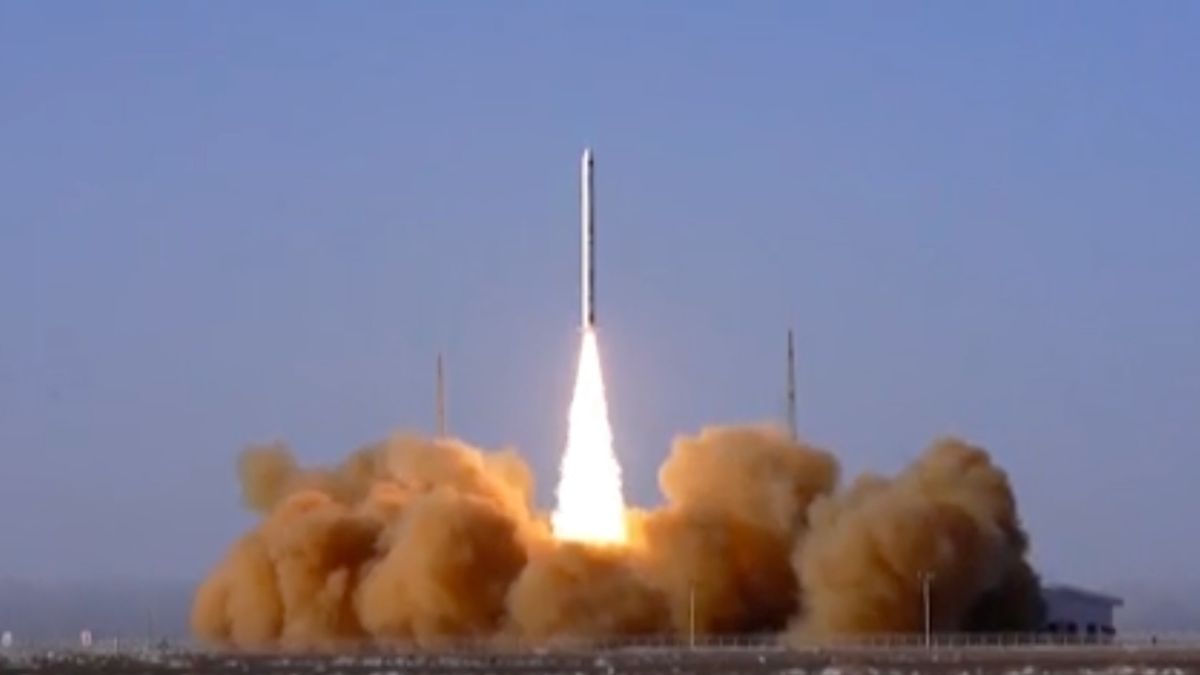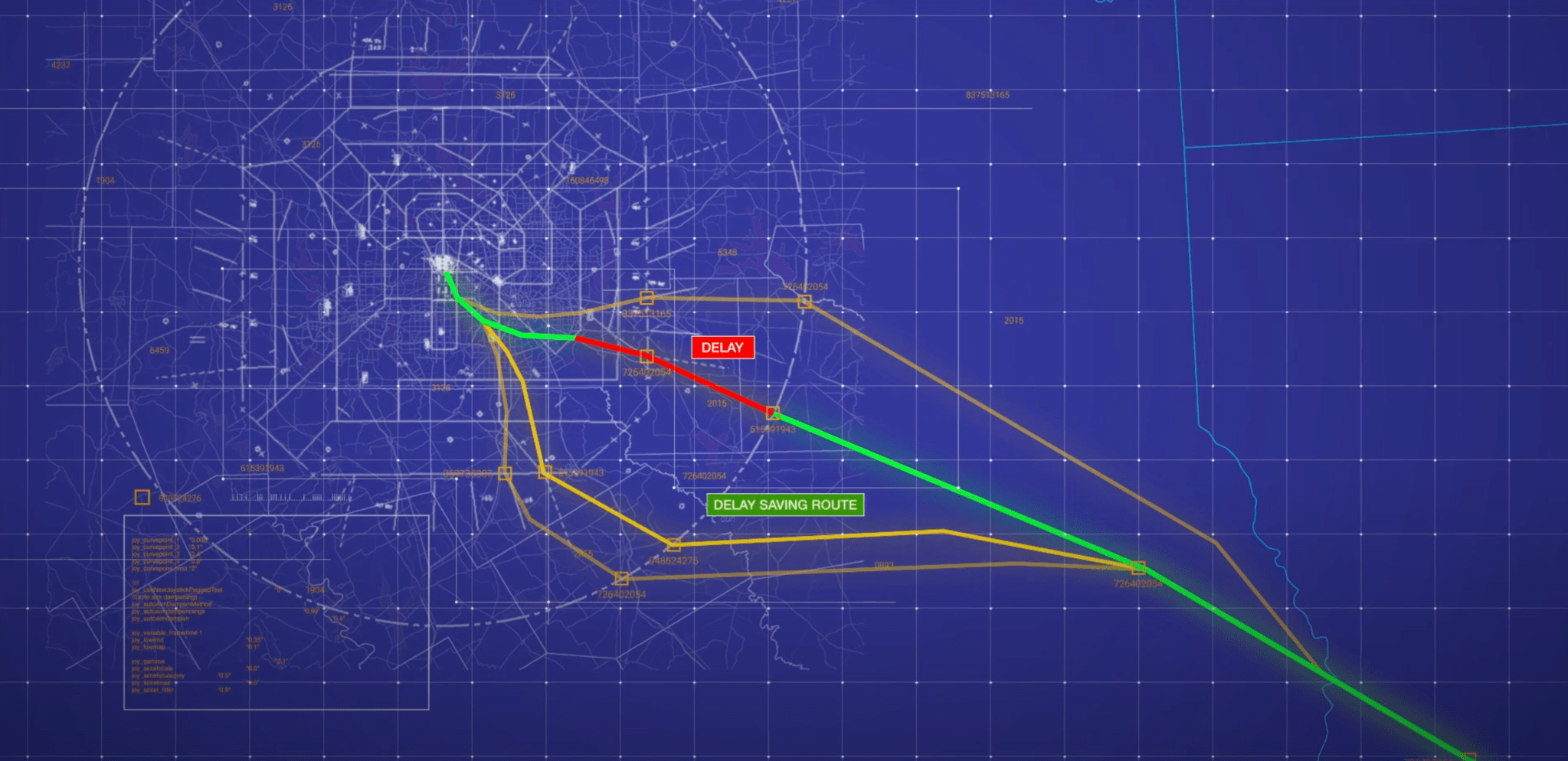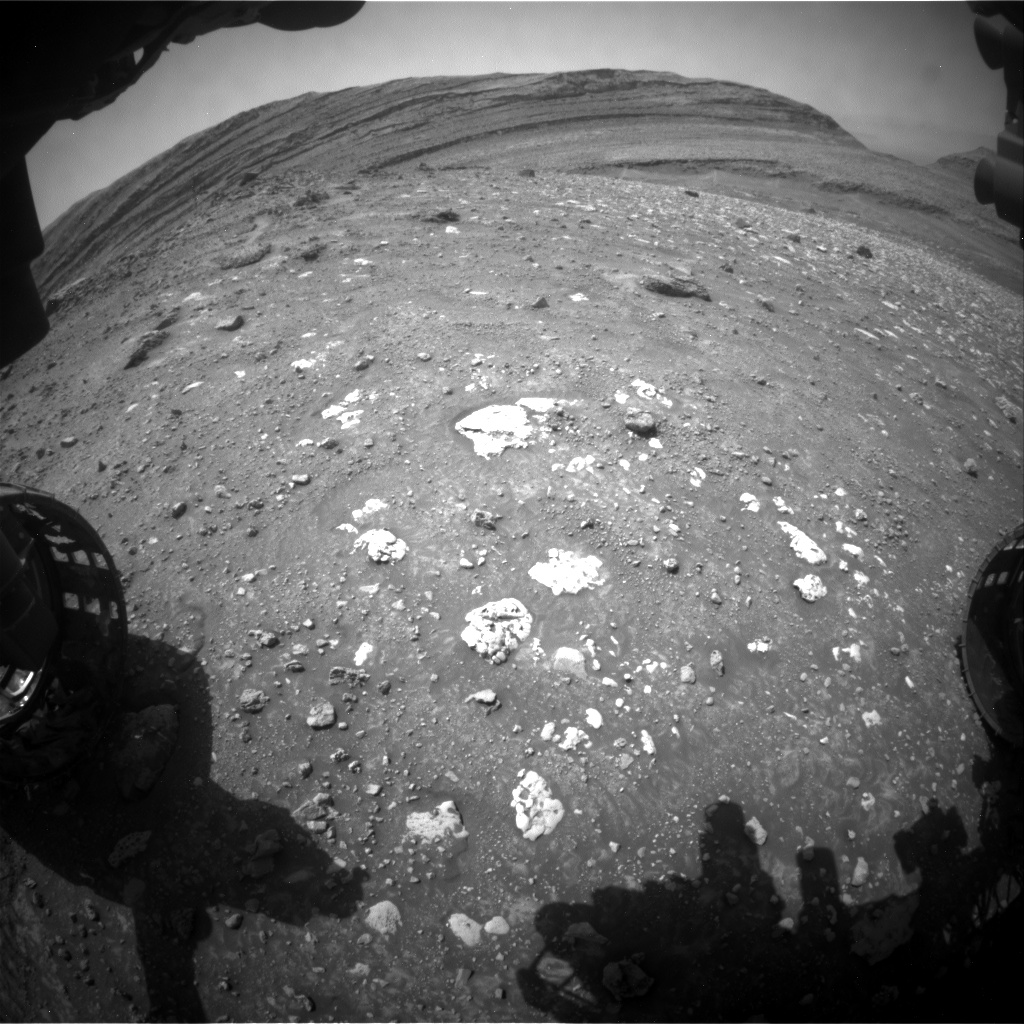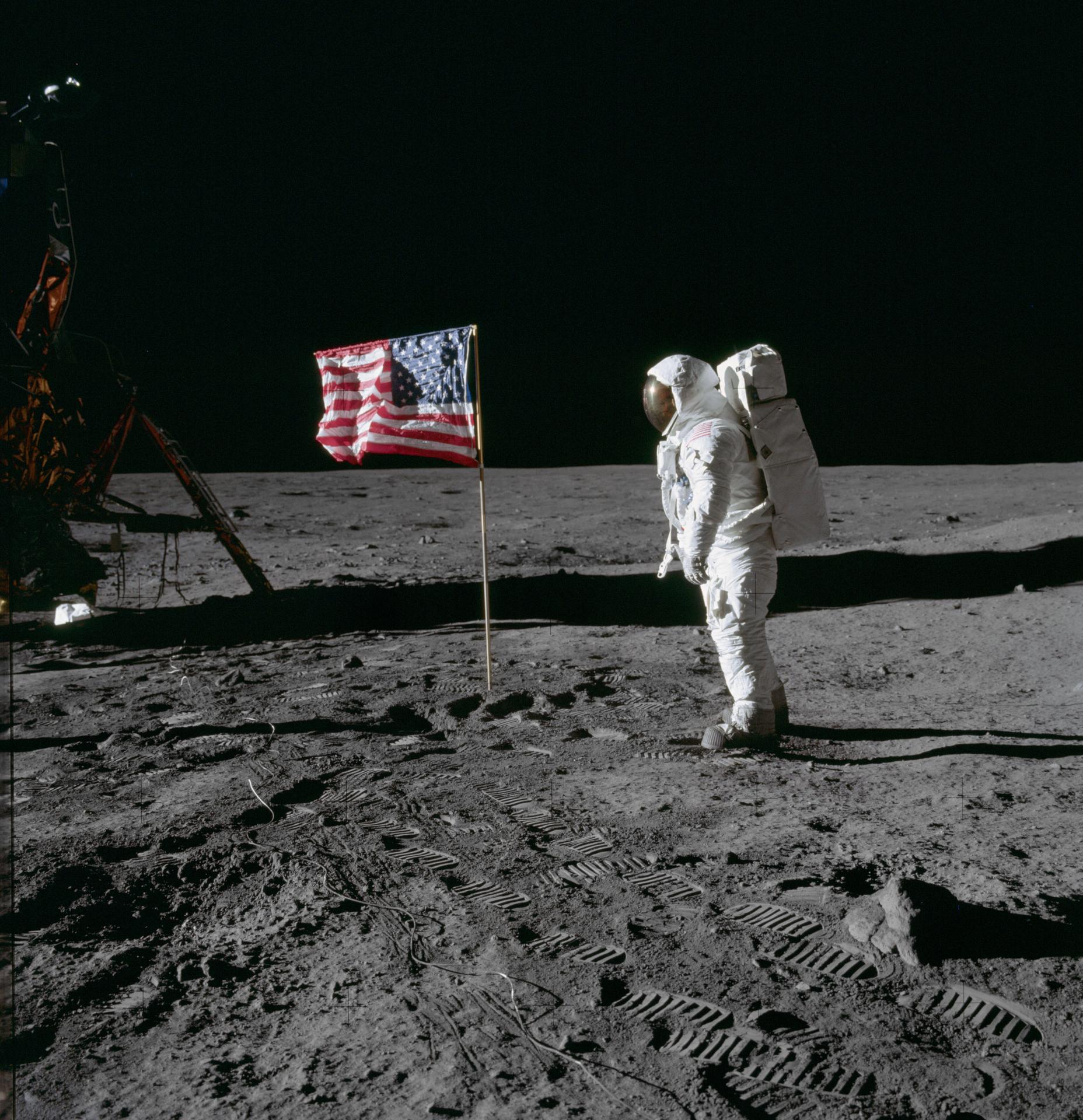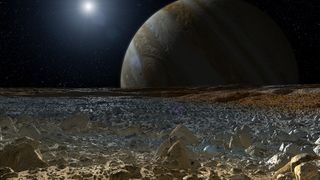This article was originally published at The Conversation. The publication contributed the article to Space.com’s Expert Voices: Op-Ed & Insights. Sarah Spitzer is a research fellow in Climate and Space Sciences and Engineering at the University of Michigan. The sun warms the Earth, making it habitable for people and animals. But that’s not all it does, and it affects a much larger area of space. The heliosphere, the area of space influenced by the sun, is over a hundred times larger than the distance from the sun to the Earth. The sun is a…
Read MoreMonth: July 2024
Stargazing with the naked eye: What you can see this week July 15 – 21
If you want to enjoy the night sky, all you need is curiosity, patience and good weather. A good telescope or pair of binoculars will help you see some of the night sky’s fainter objects. However, the unaided eye is enough to learn its stars and constellations, watch the moon, experience meteor showers and see satellites whizz across the night sky. Read on to find out what you can see in the night sky this week without any equipment, from the moon close to planets and bright stars to catching…
Read MoreIs Earth’s weather getting weirder?
Severe turbulence, record rainfall, killer heatwaves and raging wildfires to name but a few: is it just me, or is “Is Earth’s weather getting weirder?” The answer? Yes. Well, sort of. These weather events have happened in the past, but the problem is nowadays they’re happening more frequently and to a far greater extent. What’s causing this uptick in “global weirding” and is there anything we can do about it? Space.com spoke with a leading climate scientist Katharine Hayhoe to learn more about this strange surge in weird weather events…
Read More‘The Last Starfighter’ at 40: Director Nick Castle on making his sci-fi fantasy classic (exclusive)
“Greetings Starfighter, you have been recruited by the Star League to defend the frontier against Xur and the Ko-Dan armada. Get ready! Prepare for blast off!” The summer of 1984 was a banner year for Hollywood, with a bounty of A-list releases that included such iconic titles as “Ghostbusters,” “Gremlins,” “Star Trek III: The Search For Spock,” “Conan the Destroyer,” “Indiana Jones and the Temple of Doom,” “The Karate Kid,” “Purple Rain,” “Red Dawn,” “The Company of Wolves.” “The Neverending Story,” and “Revenge of the Nerds.” Added to that esteemed…
Read MoreThis Week In Space podcast: Episode 119 —Junkyard in Space
Junkyard in Space – The Dangers of Orbital Debris – YouTube Watch On On Episode 119 of This Week In Space, Rod Pyle and Tariq Malik talk with Dr. John Crassidis from the University of Buffalo about orbital debris and its dangers. If you saw the movie “Gravity,” you have a sense of the dangers of orbital debris—and the risk is very real. More than 25,000 objects over four inches in diameter are tracked by the US Space Force, and millions of others are smaller or untracked—everything from derelict satellites…
Read MoreChinese company iSpace suffers 4th launch failure in 7 tries
The Chinese company iSpace’s launch-success rate has dipped below 50% once again. iSpace’s seventh Hyperbola-1 rocket lifted off from the Jiuquan Satellite Launch Center in the Gobi Desert on Wednesday (July 10) at 7:40 p.m. EDT (2340 GMT; 7:40 a.m. on July 11 Beijing time), carrying an undisclosed payload toward Earth orbit. But the solid-fueled launcher didn’t make it. “The first, second and third stages of the rocket flew normally, but the fourth stage worked abnormally, and the launch mission failed,” iSpace wrote in an update on Wednesday night. (Translation…
Read MoreNASA Cloud-Based Platform Could Help Streamline, Improve Air Traffic
4 min read Preparations for Next Moonwalk Simulations Underway (and Underwater) This image shows an aviation version of a smartphone navigation app that makes suggestions for an aircraft to fly an alternate, more efficient route. The new trajectories are based on information available from NASA’s Digital Information Platform and processed by the Collaborative Departure Digital Rerouting tool. NASA Just like your smartphone navigation app can instantly analyze information from many sources to suggest the best route to follow, a NASA-developed resource is now making data available to help the aviation…
Read MoreSols 4241–4242: We Can’t Go Around It…We’ve Got To Go Through It!
Curiosity Navigation Curiosity Mission Overview Where is Curiosity? Mission Updates Science Overview Instruments Highlights Exploration Goals News and Features Multimedia Curiosity Raw Images Mars Resources Mars Missions Mars Sample Return Mars Perseverance Rover Mars Curiosity Rover MAVEN Mars Reconnaissance Orbiter Mars Odyssey More Mars Missions All Planets Mercury Venus Earth Mars Jupiter Saturn Uranus Neptune Pluto & Dwarf Planets 2 min read Sols 4241–4242: We Can’t Go Around It…We’ve Got To Go Through It! This image was taken by the Front Hazard Avoidance Camera (Front Hazcam) aboard NASA’s Mars rover…
Read MoreNASA to Commemorate 55th Anniversary of Apollo 11 Moon Landing
Apollo astronaut Buzz Aldrin poses for a photograph beside the deployed United States flag during an Apollo 11 moonwalk on July 20, 1969. The Lunar Module is on the left, and the footprints of the astronauts are clearly visible in the soil of the moon. Credit: NASA As the agency explores more of the Moon than ever before under the Artemis campaign, NASA will celebrate the 55th anniversary of the first astronauts landing on the Moon through a variety of in-person, virtual, and engagement activities nationwide between Monday, July 15,…
Read MoreNASA’s $5 billion Europa Clipper mission may not be able to handle Jupiter’s radiation
A highly anticipated NASA astrobiology mission is troubleshooting a serious issue just months before its planned liftoff. The Europa Clipper spacecraft is scheduled to launch this October atop a SpaceX Falcon Heavy rocket. The robotic explorer will embark upon a $5 billion mission to assess the potential of Europa, an ice-covered ocean moon of Jupiter, to support life as we know it. But that launch date, and the probe’s ability to carry out its ambitious mission, may now be in peril: Mission team members have discovered a problem with Clipper’s…
Read More
